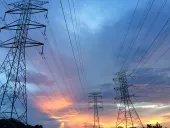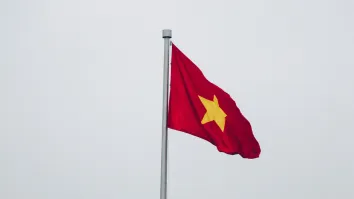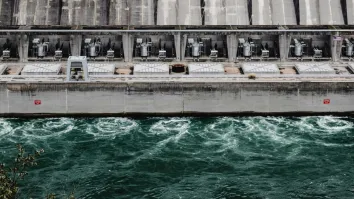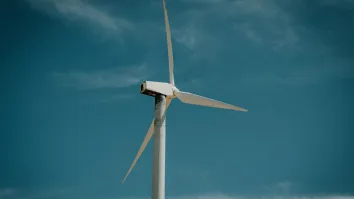BESS bolsters grid stability amidst RE growth in Asia Pacific
Sharad Somani, of KPMG Asia Pacific, discusses BESS's role in grid stability, renewable energy integration, and government initiatives.
As the times usher in renewable energy (RE) sources, battery energy storage systems (BESS) play a more crucial role in stabilising the grid in the context of the new Asia Pacific energy mix.
To better understand this critical component in the growth of renewable energy integration in the region, Asian Power interviewed Sharad Somani, partner and head of Infrastructure at KPMG Asia Pacific.
“Battery storage is offering three key considerations to help stabilise the grid,” Somani said. “It participates in the energy market, provides ancillary services, and enables consumer energy management.”
The growth of battery energy storage in the region has been swift, largely due to the rising adoption of renewable energy, especially in countries like China and India.
However, the extent of BESS deployment still remains relatively small compared to the total renewable energy capacity being added, Somani noted.
“That is primarily because of the fact that the battery technology is still not commercially as attractive, as the solar and wind projects are,” he said.
In recent years, there has been substantial growth in battery capacity, with projections indicating a continued annual growth rate of 60% to 75%.
Whilst battery energy storage systems are proving to be indispensable for renewable energy projects, they face several challenges that need to be addressed for widespread adoption.
"The first challenge we encountered was the cost, right? It’s not commercially viable to have strong battery storage available," Somani said, citing cost-effectiveness as the foremost challenge.
Since commercial viability of battery storage remains a big question mark, it becomes a limiting factor to large-scale deployment.
Also, the current battery technology’s relatively shorter lifespan, approximately eight to 10 years, necessitates frequent refreshing or upgrading of the battery systems to align with the long-term lifecycle of renewable energy projects.
Furthermore, the disposal and recycling of batteries pose significant environmental concerns.
“The safe disposal of batteries as well as secured safe operations is something,” Somani pointed out. “A lot of energy is being spent to ensure that it is climate compliant, as well as safe for human operations.”
As countries aim to achieve net-zero emissions, the safe and climate-compliant disposal of batteries is crucial for sustainability and the well-being of communities.
To overcome these challenges and drive investments in battery energy storage systems, governments and grid operators have started adopting specific measures.
Some countries are initiating renewable energy projects with a small component of battery storage integrated into their design upfront.
Whilst the current capacity of battery storage may not match the scale of renewable energy required for grid stabilisation, incorporating a portion of battery capacity can significantly enhance grid stability.
Another approach gaining momentum is the development of hybrid power structures, where solar and battery complement each other to meet the bulk of load requirements.
“What is happening is a hybrid structure where solar and battery will take care of the bulk of the load requirements. And then in the extreme peak situations, you still kick in other forms of power plants,” Somani explained.
Additionally, governments are exploring the establishment of specific markets for batteries to supply power to the grid, especially for ancillary services like load balancing and demand-side management.
These initiatives create new revenue models for battery storage and incentivise its integration into the energy mix.
With initiatives underway to address challenges and promote investments in BESS, a promising future lies ahead for RE integration and grid stability.
As battery technology advances and commercial viability improves, the region can look forward to a more sustainable and resilient energy future.
For more updates on Asia Pacific's evolving energy sector, visit asian-power.com.



















 Advertise
Advertise






Commentary
How pump retrofits boost profitability and efficiency in ageing power plants